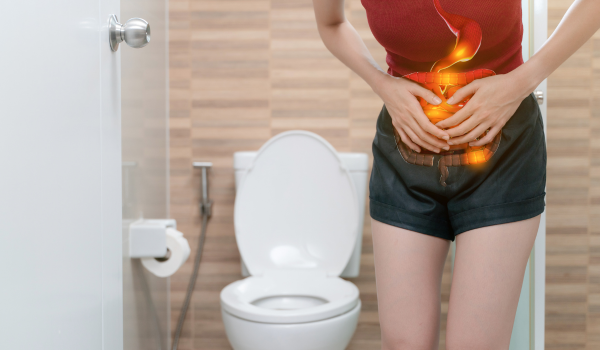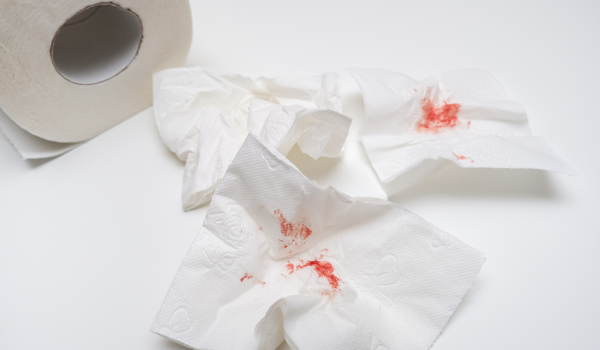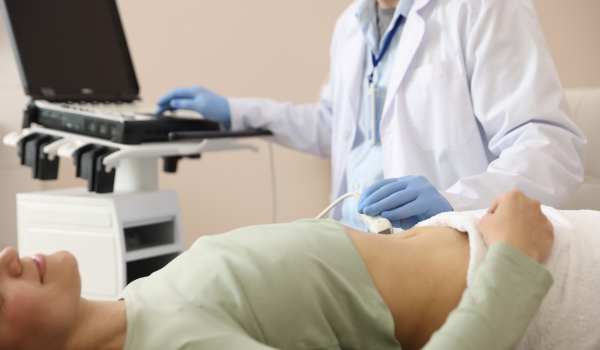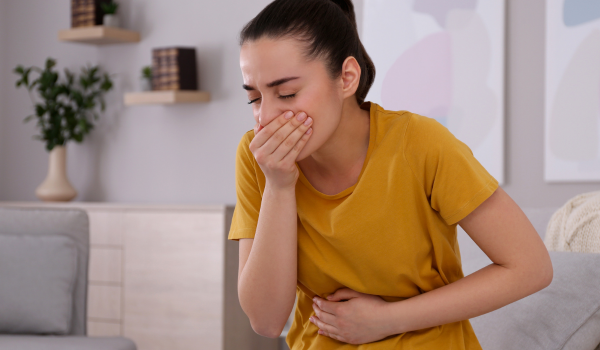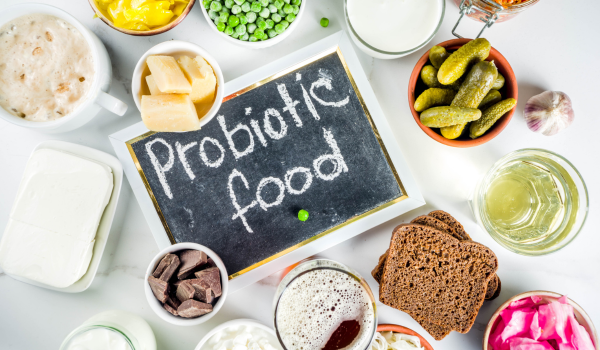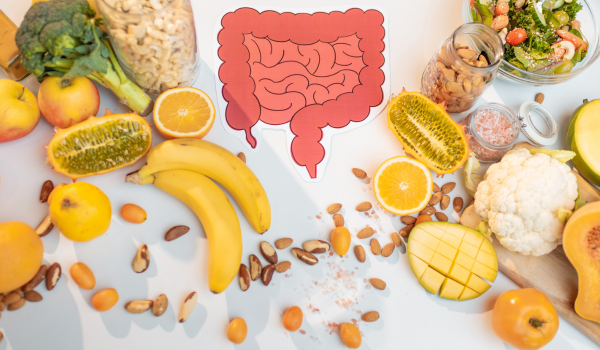
Peristalsis refers to the involuntary wave of muscle contractions that occur naturally in your digestive tract. This automatic process moves food and drink through your body—from the moment you swallow until it exits as feces or urine.
Although peristalsis is generally seamless, certain digestive disorders, medications, or lifestyle factors can disrupt it. Healthcare providers can help identify underlying causes and suggest treatments, lifestyle modifications, or procedures to restore normal digestive motility.
What Does Peristalsis Feel Like?
Most of the time, peristalsis occurs without you noticing. However, some subtle signs may indicate normal movement:
-
A wave of gas in the abdomen
-
Mild sensations of food or liquid moving
If peristalsis is disrupted, symptoms may occur, including:
-
Constant or frequent diarrhea
-
Constipation
-
Chest pain
-
Dysphagia (difficulty swallowing)
-
Heartburn
-
Vomiting
These signs indicate a possible motility issue or peristalsis disorder that may require evaluation.
How Peristalsis Works
Peristalsis is an involuntary process triggered by your nervous system. When you eat or drink:
-
The nervous system signals the muscles in your digestive tract.
-
Muscle contractions push food down the esophagus, through the stomach and intestines.
-
Waste eventually exits via the anus during bowel movements.
Peristalsis also occurs in your urinary system. Muscle contractions move fluids through your kidneys to your bladder, eventually exiting as urine.
Causes of Gut Motility Issues
Although peristalsis is a natural function, some individuals experience problems due to motility disorders or disruptions in muscle contractions. Common causes include:
-
Achalasia: Swallowing disorder affecting esophagus peristalsis
-
Dysphagia: Difficulty swallowing due to esophageal motility issues
-
Gastroesophageal reflux disease (GERD): Acid flows back into the esophagus
-
Gastroparesis: Slow stomach emptying potentially linked to peristalsis dysfunction
-
Irritable bowel syndrome (IBS): Can cause diarrhea or constipation due to abnormal peristalsis
-
Infections (e.g., Candida)
-
Medication side effects: Narcotic pain relievers, calcium channel blockers, NSAIDs
Disruptions in peristalsis may involve one or multiple areas of the digestive tract, requiring tailored approaches for diagnosis and management.
Diagnosis of Peristalsis Issues
Healthcare providers may use several methods to evaluate peristalsis:
Esophageal Manometry
Measures the coordination and strength of muscle contractions in the esophagus.
Esophageal pH Test
Assesses acid reflux into the esophagus, helping diagnose GERD or related motility problems.
Barium Swallow Test (Esophagram)
Involves swallowing a barium liquid while X-rays track how food moves through the esophagus.
Endoscopy
A thin, flexible tube with a camera is inserted into the esophagus and stomach to detect abnormalities or inflammation.
Accurate diagnosis helps guide the treatment plan, whether medication, lifestyle modifications, or surgery.
Treatment Options for Peristalsis Disorders
Treatment depends on the underlying cause, severity, and specific symptoms.
Medications
-
Acid-reducing drugs: Antacids or proton pump inhibitors for GERD-related issues
-
Diarrhea or constipation treatments: Helps restore normal bowel movements
-
Muscle relaxants: Calcium channel blockers or nitrates to ease digestive muscle tension
-
Antispasmodics: Dicyclomine (Bentyl) reduces esophageal muscle spasms
-
Botulinum toxin injections: Can improve smooth passage of food in certain areas
Lifestyle and Dietary Modifications
-
Eat smaller, more frequent meals
-
Avoid trigger foods causing discomfort
-
Review medications affecting gut motility with your provider
-
Try peppermint oil before meals for fast-moving esophageal contractions
Surgery or Endoscopic Procedures
Severe or rare cases, such as achalasia or dysphagia, may require:
-
Muscle adjustments via surgery
-
Less-invasive endoscopic procedures
Surgical interventions are generally considered last-resort options when medications and lifestyle changes are insufficient.
Prevention Tips for Healthy Peristalsis
Although not all issues are preventable, maintaining gut health can reduce the risk of peristalsis disruption:
-
Maintain a balanced diet
-
Avoid excessive smoking and alcohol consumption
-
Use medications only when necessary
-
Exercise regularly to support bowel regularity
-
Manage underlying health conditions affecting digestion
These habits promote healthy motility and prevent complications associated with gut dysfunction.
Potential Complications
Untreated peristalsis issues can lead to:
-
Esophagitis: Inflammation damaging esophageal tissue
-
Aspiration pneumonia: Food or liquid enters the lungs accidentally
-
Esophageal stricture: Scar tissue formation or abnormal growth
-
Esophageal cancer: Rarely, chronic GERD or other damage may increase risk
Prompt evaluation and treatment are essential to prevent these serious outcomes.
A Quick Review
Peristalsis is an automatic muscle function that moves food and drink through the digestive tract. While usually unnoticed, disruptions can cause symptoms like diarrhea, constipation, heartburn, or vomiting.
Treatment involves addressing the underlying cause, which may include:
-
Medications to improve motility
-
Lifestyle and dietary adjustments
-
Surgical or endoscopic interventions in severe cases
Early identification and proper management are key to maintaining healthy digestive motility and overall gut health.

